The first Jaguar XKSS to be built in almost 60 years recently made its world debut at the Petersen Museum in Los Angeles. The XKSS, finished in Sherwood Green paint, was created by the Jaguar Classic engineering team ahead of the production of nine cars for delivery to customers across the globe in 2017.
The XKSS was originally made by Jaguar as a road-going conversion of the Le Mans-winning D-type, which was built from 1954-1956. In 1957, nine cars earmarked for export to North America were lost in a fire at Jaguar’s Browns Lane factory in the British Midlands; meaning just 16 examples of XKSS were built.
Earlier this year Jaguar announced that its Classic division would build the nine ‘lost’ XKSS sports cars. The new one-off XKSS presented in Los Angeles is the summation of 18 months of research and will be used as a blueprint from which the nine continuation cars are built. The cars will be completely new, with period chassis numbers from the XKSS chassis log. All cars are now sold at a price in excess of £1 million each.
The XKSS is the second continuation car to be created by Jaguar, following on from the six Lightweight E-types that were built in 2014. This project helped the team learn to engineer cars that are faithful to the specifications to which they were built in period, and this knowledge has been enhanced in creating the ‘new original’ XKSS.
The XKSS unveiled in Los Angeles is a period correct continuation, built using a combination of original drawings from Jaguar’s archive and modern technology. The Jaguar Classic engineering team scanned several versions of the 1957 XKSS to help build a complete digital image of the car, from the body to chassis, and including all parts required.
The body of the XKSS is made from magnesium alloy, as it was in 1957, and because the original styling bucks do not exist, Jaguar Classic produced a new, bespoke styling buck based on the original bodies from the 1950s. The bodies of the nine new cars will be formed on this buck, using a traditional process called hand-wheeling.
Jaguar Classic’s engineers worked with the original frames and from there produced CAD to support build of the chassis. In partnership with the Classic team, frame maker Reynolds — famous for their 531 tubing — was briefed to craft bespoke new parts using imperial measurements, rather than metric. The frames are bronze welded in the same way as the period XKSS chassis tubing.
The continuation cars feature period specification four-wheel Dunlop disc brakes with a Plessey pump, and Dunlop tyres with riveted two-piece magnesium alloy wheels.
Under the bonnet, the XKSS is supplied with a 262hp 3.4-litre straight six-cylinder Jaguar D-type engine. The engine features completely new cast iron blocks, new cast cylinder heads and three Weber DC03 carburetors.
Inside, the ‘new original’ XKSS features recreations of the original Smiths gauges. Everything from the wood of the steering wheel, to the grain of the leather seats, through to the brass knobs on the XKSS dashboard, is as it would have been in 1957. Minor specification changes have been made only to improve driver and passenger safety. The fuel cell, for example, uses modern materials to support throughput of modern fuels.
Kev Riches, Jaguar Classic Engineering Manager, said: “The XKSS is one of the most important cars in Jaguar’s history, and we are committed to making the ‘new original’ version absolutely faithful to the period car in every way. From the number, type and position of all the rivets used — there are more than 2,000 in total — to the Smiths gauges on the dashboard, everything is the same as the original cars, because that is the way it should be.”
[Source: Jaguar Classic]


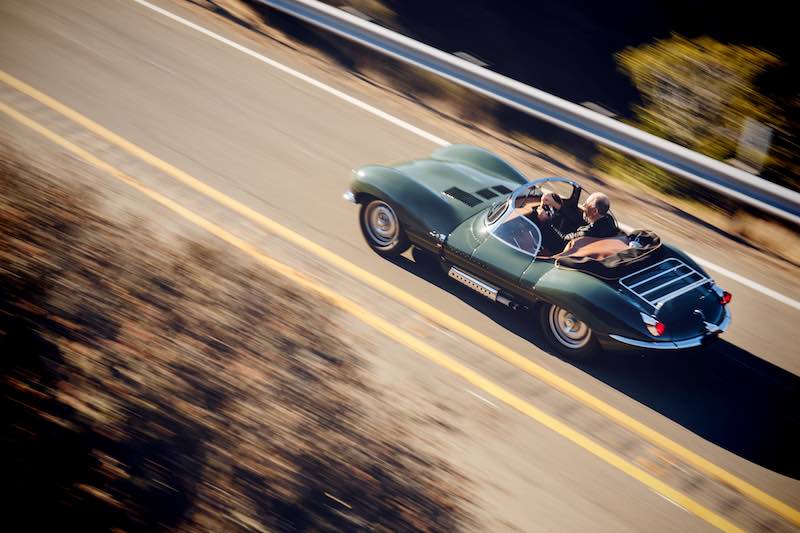
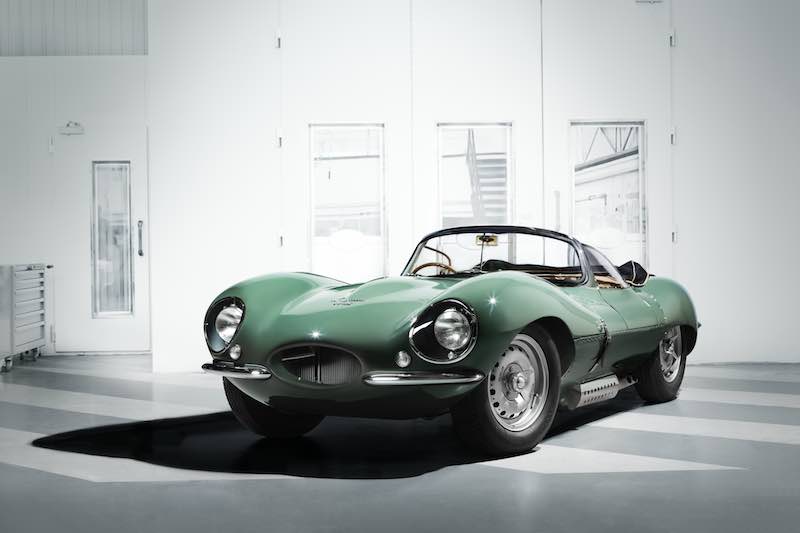
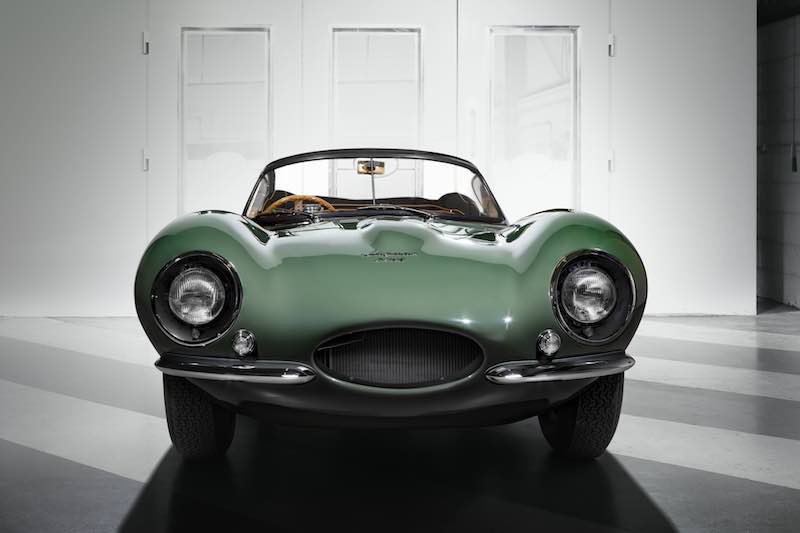
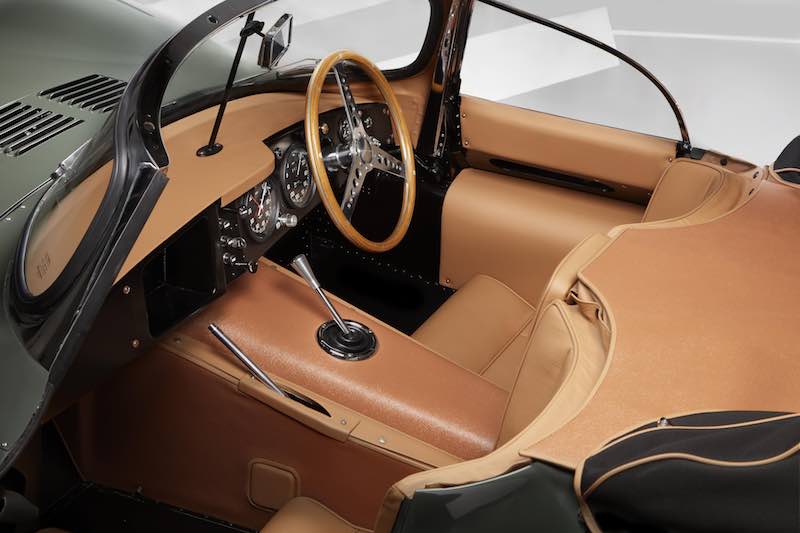
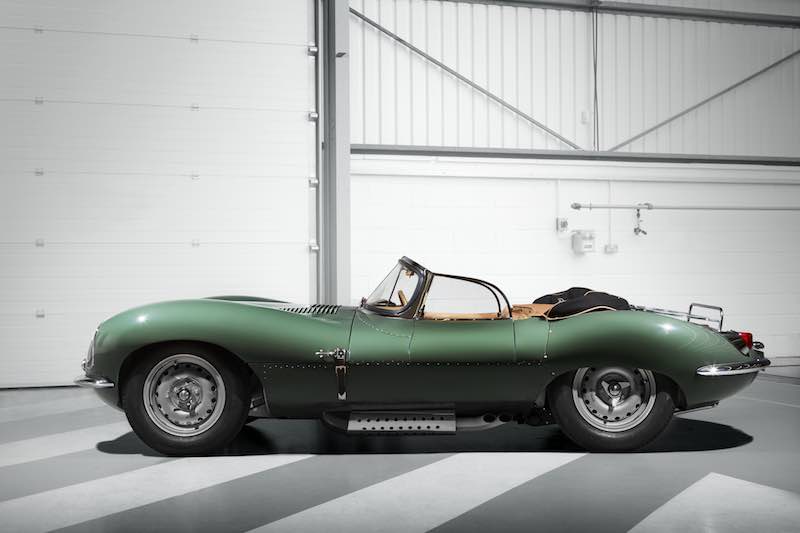
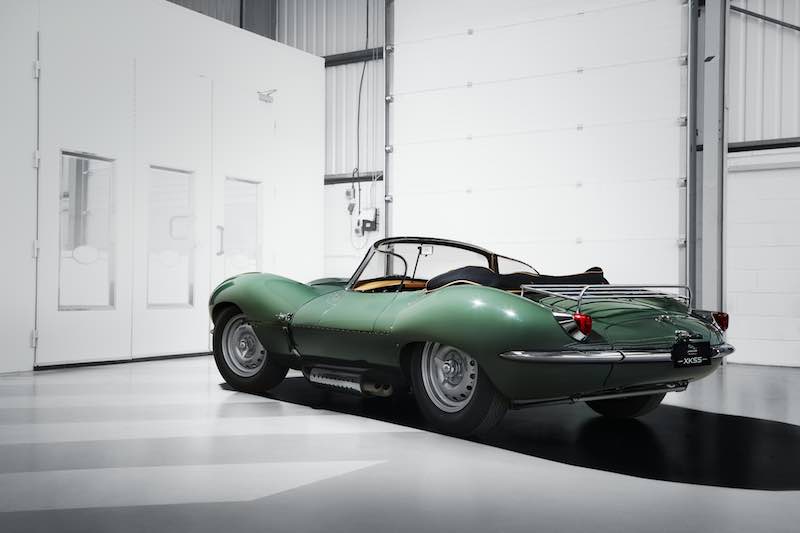
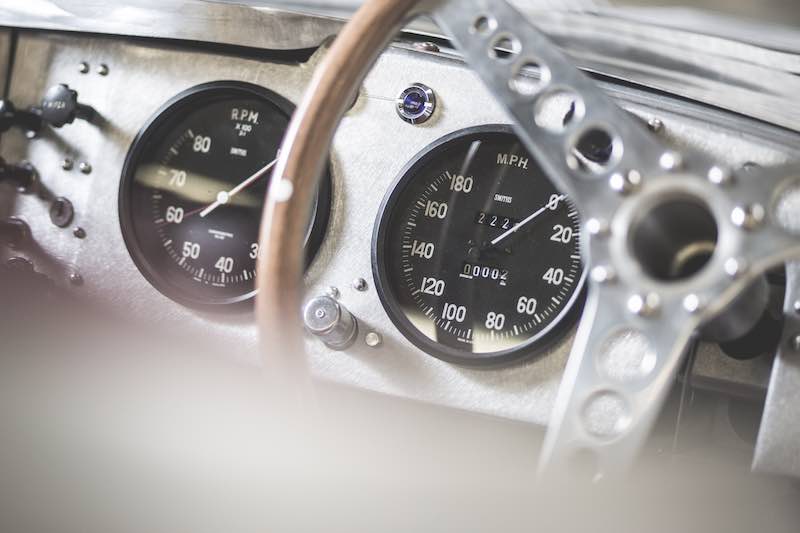
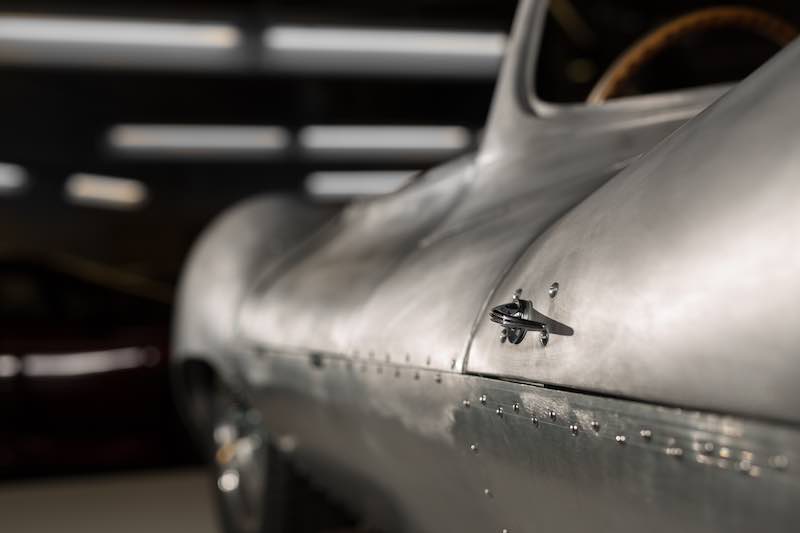
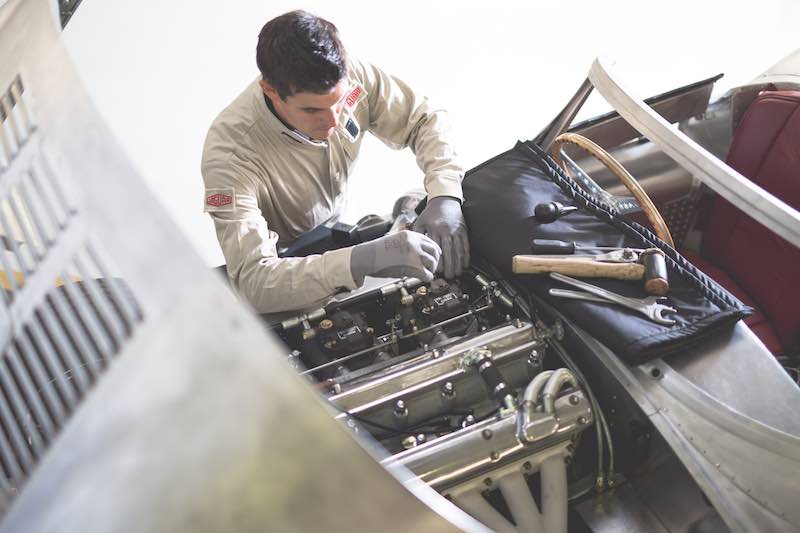
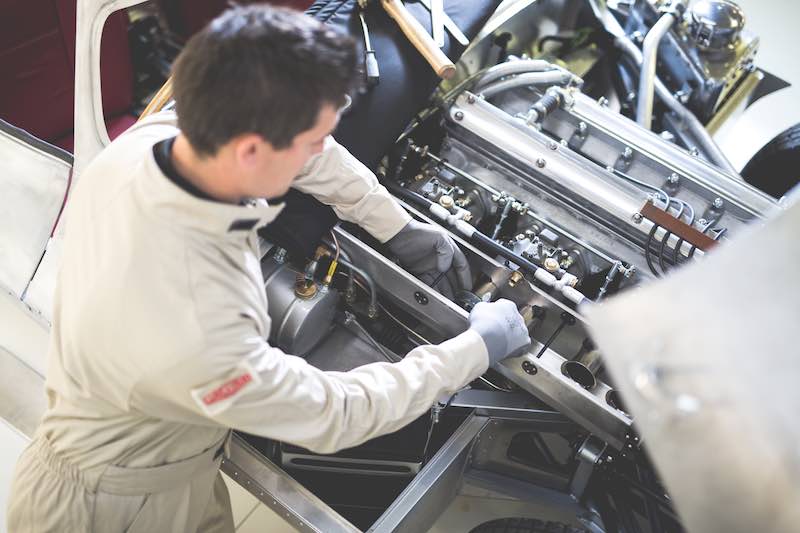
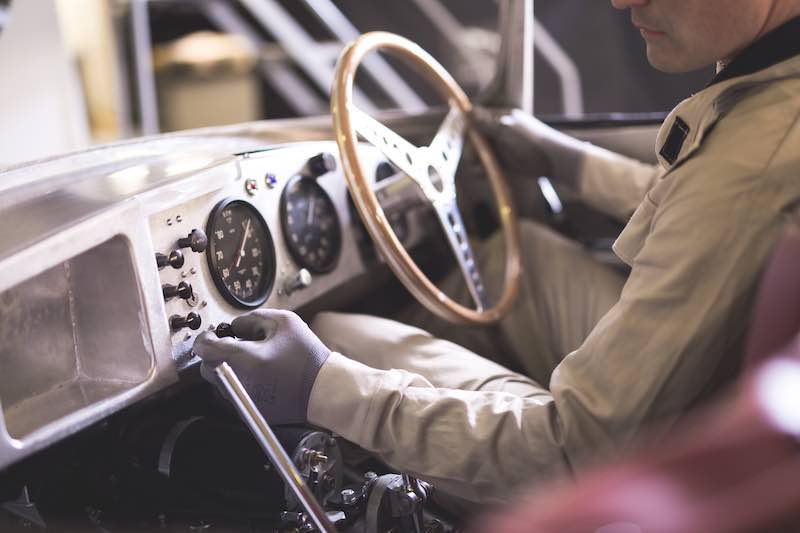
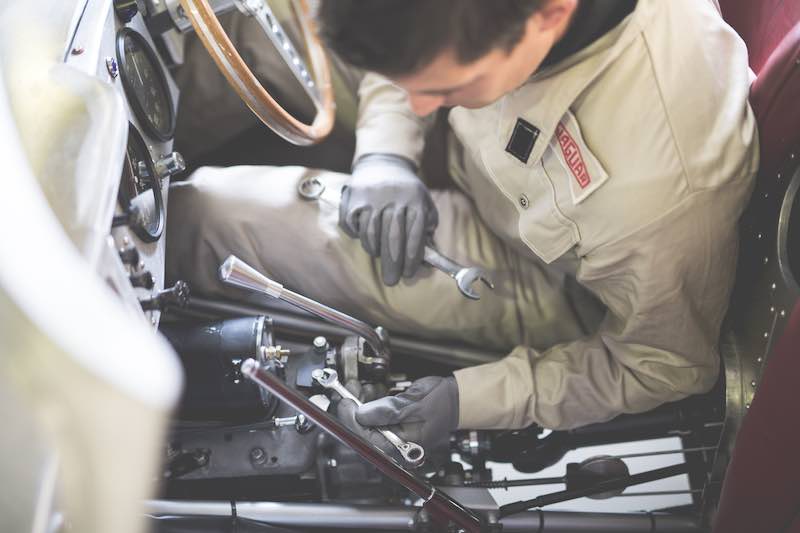
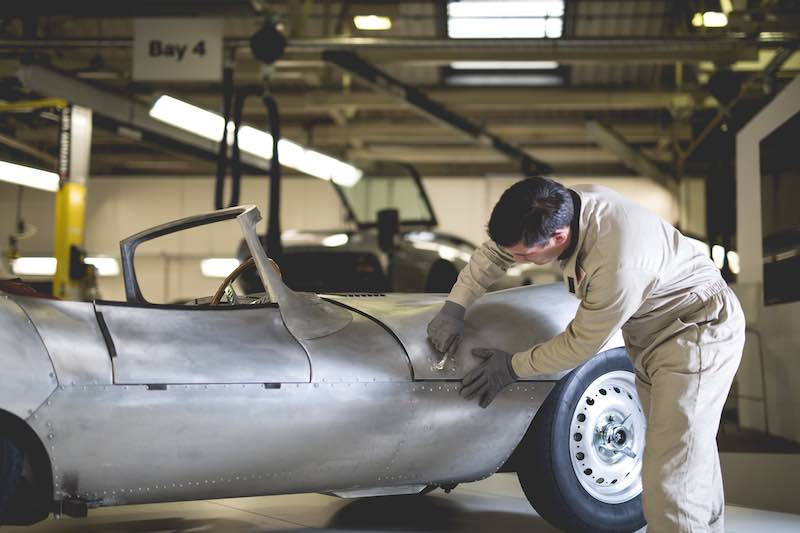
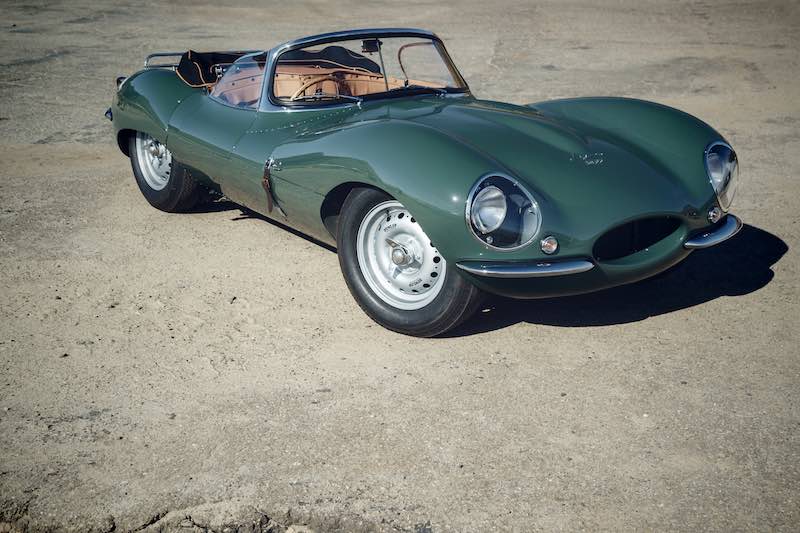
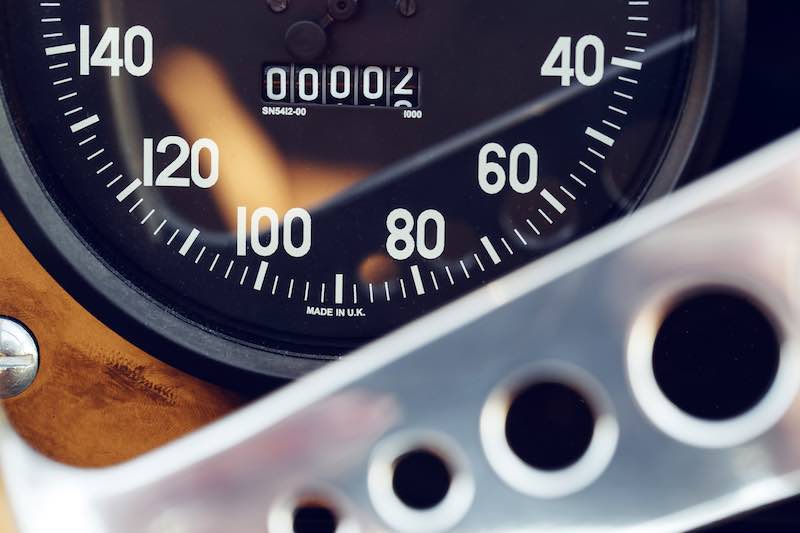
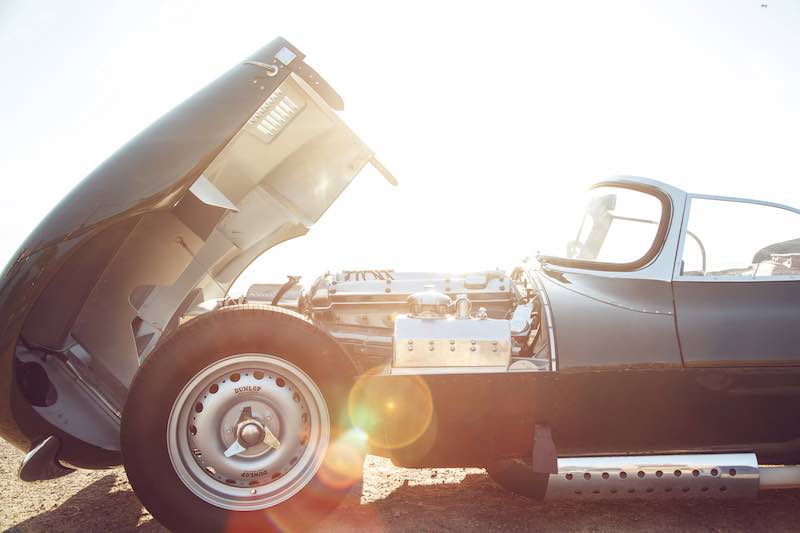
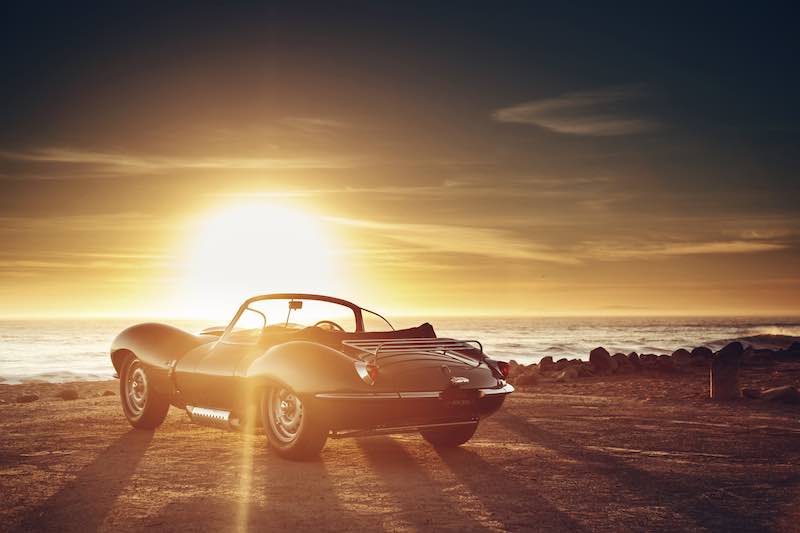
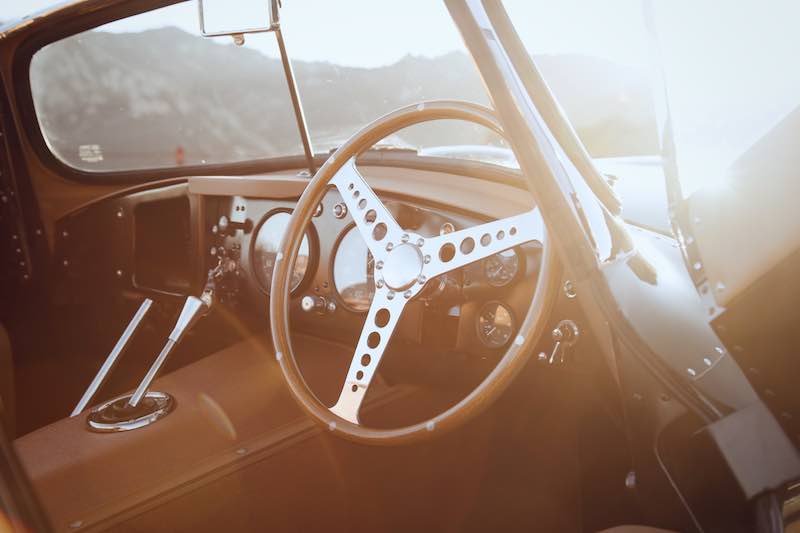
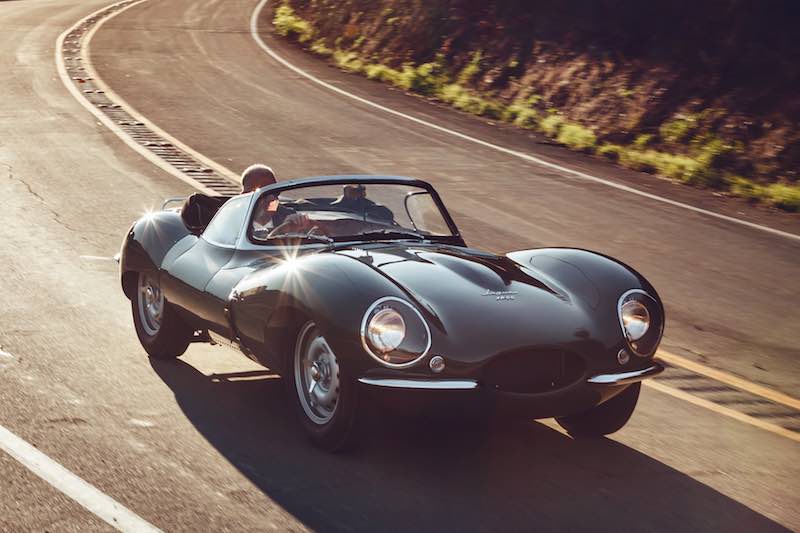
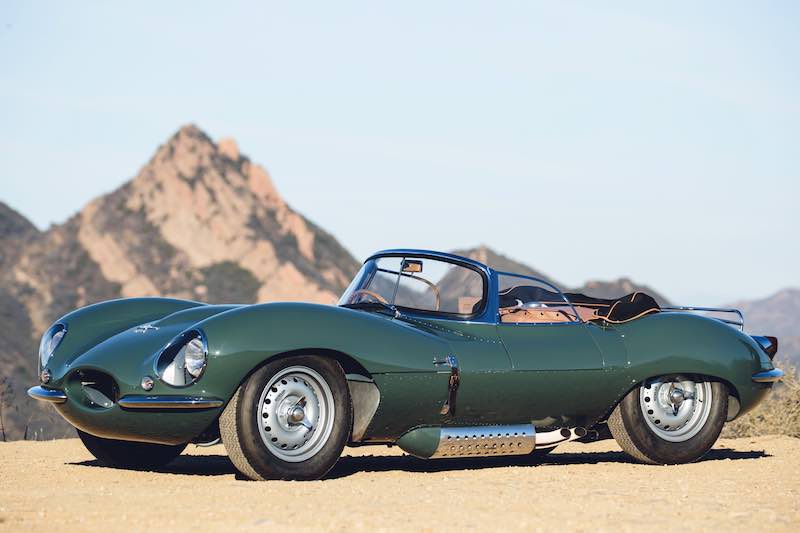

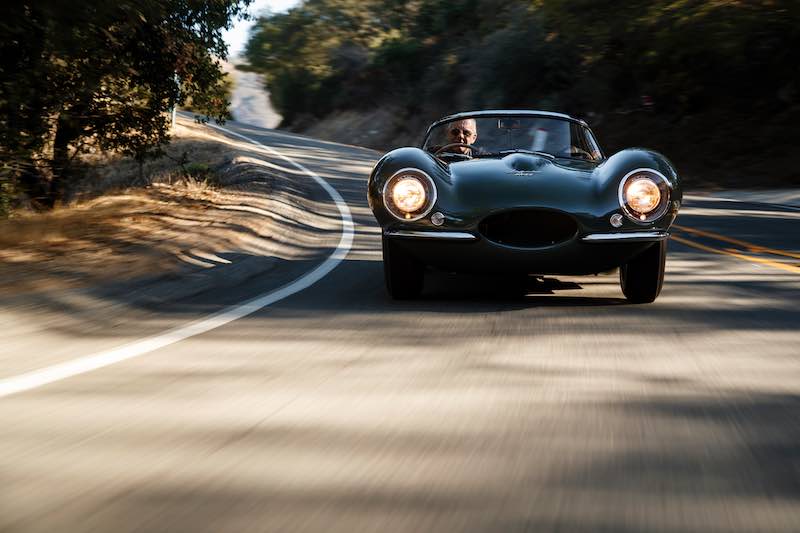
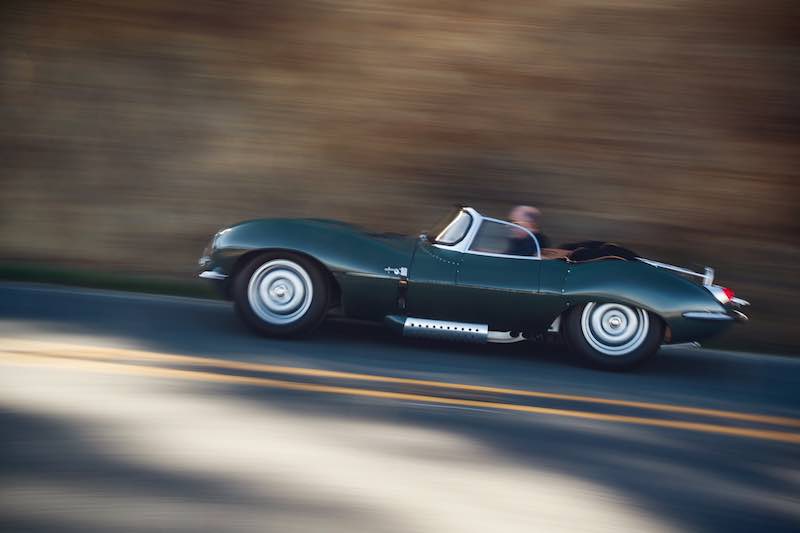
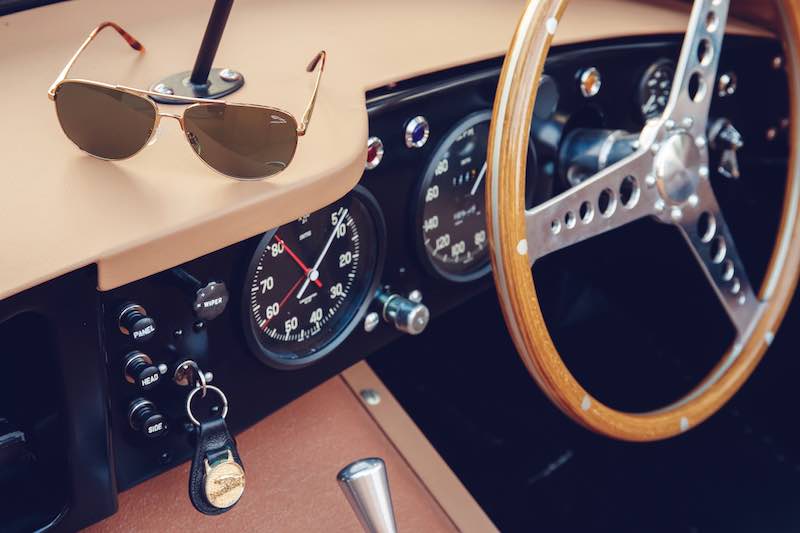
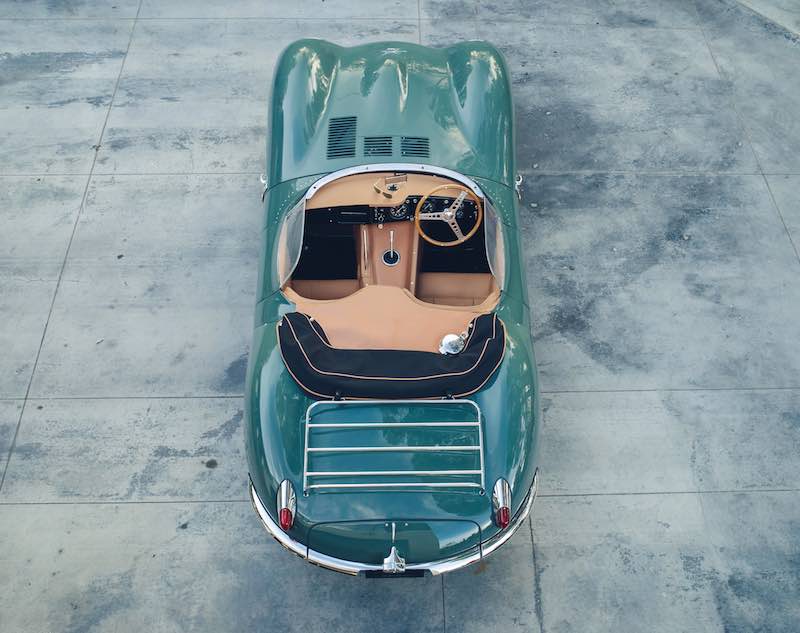
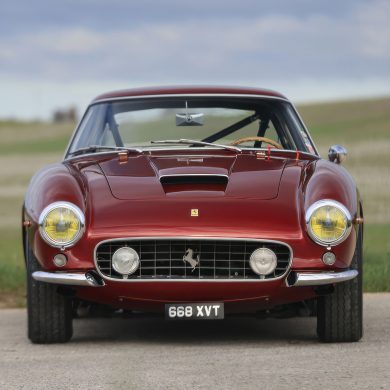
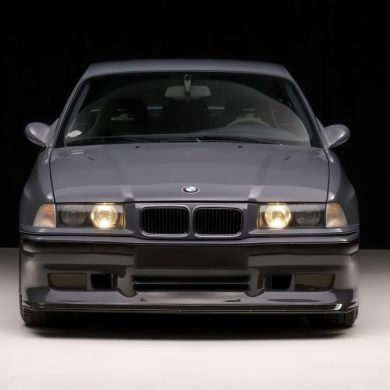

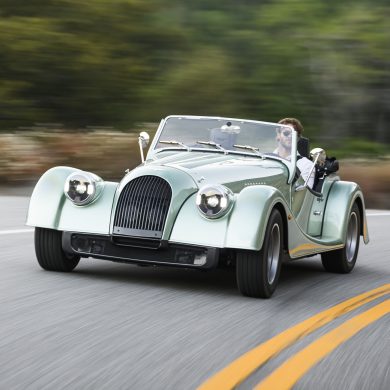
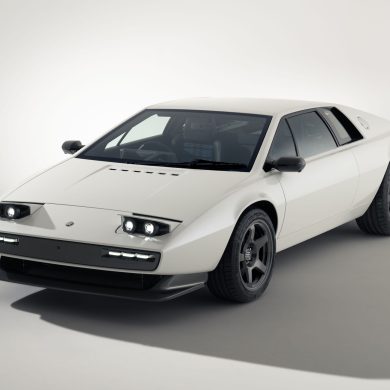



A big welcome to this lovely updated XKSS by Jaguar. Appparently, it sits lower than her 1957 companions.
Very interesting Jaguar XKSS history and current effort story.
Remarks by one time owner Steve McQueen stated in his biography by Malachy McCoy were of note as well.
Is it true they’re not road legal? And if so, what is their purpose as they’re not built as racing cars either…
So, fantastic though they are, it makes you wonder what you would do with one as you can’t take it for a spin to the beach without a number plate as this chap has.
Anon, they are probably road legal in the U.S., but subject to annual miles driven restrictions.
Let’s face it these cars are made to sell at outrageous prices to people who have more money than sense!
I am not against replicas as long as are correctly identified as such with current registration documents and numbers.
Julian Sutton
Past Chairman HGPCA
These are correctly identified, I’m sure, though Shelby’s first “continuation Cobras” were definitely not. I don’t know why he was never called on that one.
I suspect that “outrageous price” may be less than their cost of production.